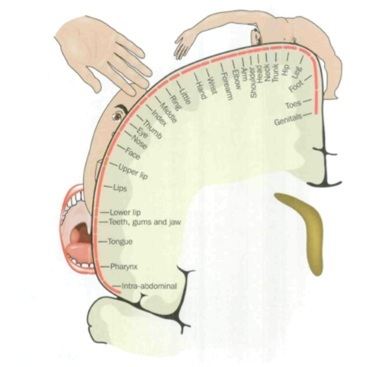

These signals are translated into movements for a virtual limb in real time. During treatment, electrodes are attached to the patient's residual limb to pick up electrical signals intended for the missing limb. When patients undergo PME, they stimulate and reactivate the dormant areas of their brain through artificial intelligence (AI). Catalan proceeded to examine how stochastic entanglement can explain the effectiveness of Phantom Motor Execution (PME), a treatment he developed in 2017. This is due to the phenomenon’s stochasticity or randomness, which means that simultaneous firing or linking may not occur in all patients. Stochastic entanglement also explains why phantom limb pain doesn’t afflict all amputees. Such a remarkable sensation could reinforce a neural connection, make it stick out, and help establish an undesirable link,” Dr. This can result in a surprising, emotionally charged experience-to feel pain in a part of the body you don’t have. However, in p atients with a missing limb, such an event could stand out when little else is going on at the same time. “Normally, sporadic synchronized firing wouldn’t be a big deal. This misfiring and subsequent entangling are explained in “Hebb’s Law” which states, “Neurons that fire together, wire together.” When they fire together, pain is felt in that part of the body. Instead, they might fire at random, which can result in the simultaneous firing of neurons from the sensorimotor and pain perception networks. While it has lost its role, the neurons do not go silent. Catalan, losing a limb “leaves a big chunk of ‘real estate’ in your brain” and in your nervous system. It becomes prone to entanglement with other neural networks, such as the one responsible for pain perception.Īccording to Dr.

Stochastic EntanglementĪfter an amputation, the neural circuits responsible for processing sensory input and producing motor output in the missing limb loses its role. He called it “stochastic entanglement,” which describes how entangled neural circuitry causes phantom limb pain. Catalan’s new theory just might be the long-awaited breakthrough. Max Ortiz Catalan, Associate Professor at Chalmers University of Technology and head of the Biomechatronics and Neurorehabilitation Laboratory. Recently, the journal Frontiers in Neurology published a paper by Dr. Despite its long history, phantom limb pain remains poorly understood. At that time, he operated on wounded soldiers, many of whom complained of a mysterious pain in amputated limbs. Phantom limb pain was first recorded some 400 years ago by French surgeon Ambroise Paré.


 0 kommentar(er)
0 kommentar(er)
